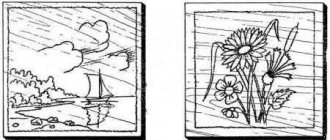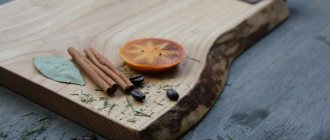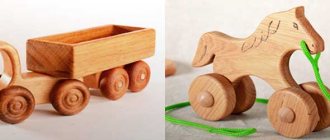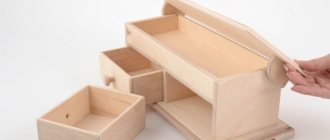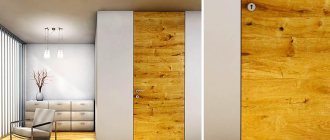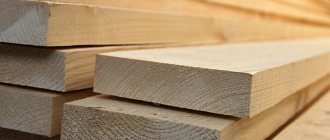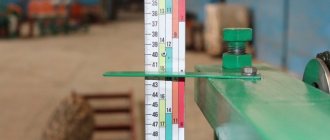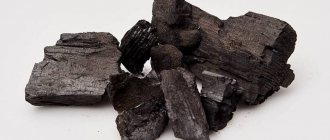Stripping plywood
We clean our plywood with sandpaper. As you already know, “Medium-grained” and “Fine-grained” sandpaper is used for cleaning plywood when sawing. You've probably seen sandpaper in hardware stores, and that's what we'll need. In your work you will need “Coarse-grained”, “Medium-grained” and “Fine-grained” sandpaper. Each of them has its own property, but a completely different coating, by which it is classified. “Coarse-grained” sandpaper is used for processing rough plywood, i.e. which has many defects, chips, and cracks. “Medium-grained” sandpaper is used for processing plywood after “Coarse” sandpaper and has a slight coating. “Fine-grained” or otherwise “Nulevka”. This sandpaper serves as the final process for stripping plywood. It gives the plywood smoothness, and therefore the plywood will be pleasant to the touch. Sand the prepared plywood in stages, starting with medium-grain sandpaper and ending with fine sandpaper. Sanding should be done along the layers, not across. A well-polished surface should be flat, completely smooth, glossy in the light and silky to the touch. How best to prepare plywood for sawing and which sandpaper is best to choose Read here. After stripping, check the plywood for burrs and small irregularities. If there are no visible defects, then you can proceed to the process of translating the drawing.
Preparing your desktop
First of all, you need to prepare your table on which you will work. There should be no unnecessary things on it and every tool should be at hand. Not everyone has their own desktop and has probably already thought about creating one. Making a table is not difficult, but choosing a place for it in the house is difficult. The ideal option is an insulated balcony, on which you can do crafts at any time. I have already written about preparing the table in a separate article and tried to describe in as much detail as possible the entire process of creating it. If you don’t know how to prepare your workplace, then read the following Article. After you have completed the process of creating a table, try to start choosing your future craft.
Stone “board” as a prototype of modern
In primitive times, when the only sources of human food were hunting and gathering, suitable shaped stone blocks with a smooth surface acted as cutting boards for large carcasses of meat. Carcasses were divided into parts using homemade tools. Surprisingly, the stone was the prototype of modern boards.
After some time, the stone was replaced by wooden boards, and they existed almost unchanged until the 20th century! Of course, over time, their shape and smoothness improved, because machines and construction tools appeared that could make a piece of wood perfectly even and smooth. But the essence remained the same - the board was a processed piece of wood, and the products could differ only in the type of wood (birch, pine, oak and beech were usually used), size, and the presence or absence of handles.
Wood boards: the path from antiquity to modern times
Solid wood boards quickly became unusable: bacteria multiplied freely on the surface of a monolithic piece, and cleaning such a product efficiently was not an easy task. In addition, the tree shriveled, became deformed, and darkened.
Since the mid-20th century, cutting boards began to be made of plastic; glass models of boards appeared relatively recently. However, wooden products have retained their relevance, and such boards can be found in almost every kitchen.
It turned out that wooden boards made from compressed fiber are much more practical and durable than products made from a single piece of wood. Such innovative boards, for example, Epicurean, with an absolutely natural composition, do not absorb moisture, do not deform and last a long time. Today they are used by professional chefs, and are also purchased by people who know a lot about cooking.
